CCJC: Audio Podcast Episode 00071, Season 2
In a planning session at Cajun Podcast Corporation as we feasted upon our own version of “On va faire un "bring a dish” lunch, that included: Corn Salad With Dandelion Greens and Smoked Blue Cheese. Well, then of course, the very idea of dandelions among us led to quite a story telling session from our team, simply because someone mentioned we ought to consider the great migrations of peoples and creatures now happening across the globe.
A few of us shared memories of eating dandelion salads or greens in lean times during childhood. One of those was when Carmelite Savoie, our Social Media Manager, shared how from a simple childhood folktale she came to understand both the botanical importance of native and non native plants like dandelions. Always by her side, Gordito Feliz, her little emotional support bulldog was in full agreement as some of us slipped him his favorite non-fattening treat, carrots from the salad.
This particular podcast planning session included the topics of environmental challenges, social injustice from external groups, and how disparate populations can find themselves unexpectedly intertwined. And somehow the dandelions skillfully took over creatively.
That got us thinking the tenacious dandelion, once perhaps viewed as an interloper by more refined native blooms, became an unlikely ally in the fight against a sterile ideal. Like our Louisiana ancestors, its very persistence, its ability to thrive where others couldn’t, offered a form of resistance that has benefited the entire wild plant community. There’s a lesson in there, but first, here’s a pet Louisiana porch story from the perspective of the native plants.

Uninvited Blooms: Dandelions, Natives, and the Fight for Wildness in Louisiana
The year was, let’s just say, a good few-American-Bullfrog-croaks after the early French and Spanish had begun to settle their fancy little port town on the bend of the Big Muddy River. Down in the sun-drenched Louisiana humid embrace of what would become South Louisiana. The native wildflowers were having a rather languid spring that year.
Hairy Buttercup, a flamboyant plant fellow with petals the color of a Sabine River yolk-drunk sun, was busy preening his glossy leaves in a particularly boggy patch of decayed dreams. He hummed a little Bayou backwash ditty to himself, something about the virtues of damp soil and the foolishness of dry land. Suddenly, a flurry army of white parachutes drifted down like a confused freak Louisiana snow storm in April.
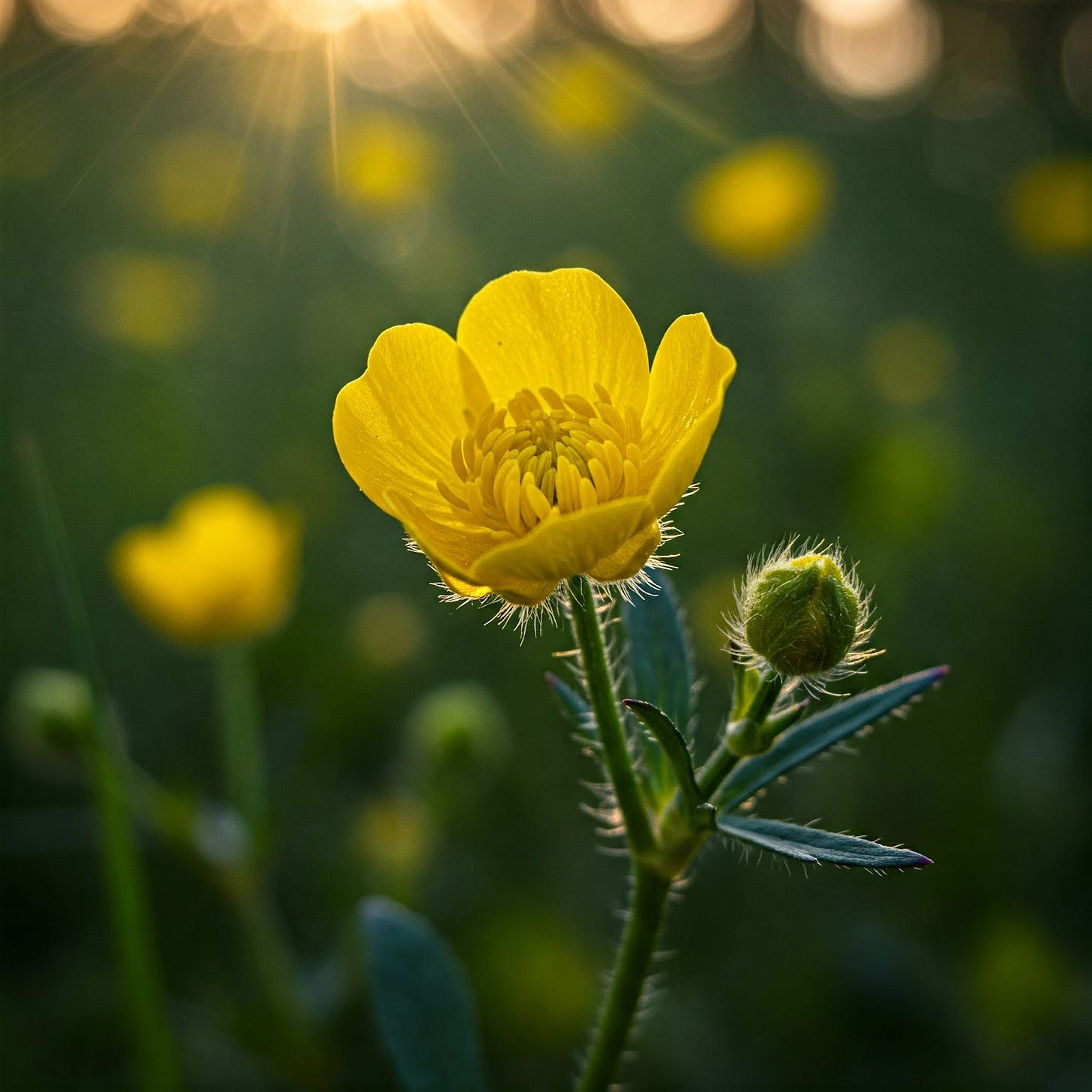
“Sacré Goujon!” sputtered Hairy Buttercup, wiping a stray tiny black seed from his pristine yellow face. “What in the name of a mudpuppy’s mustache is this?”
Then came the newcomers, a cheerful, if rather common-looking bunch of yellow rosettes. “Bonjour!” chirped one, its sunny head bobbing. “We are the Dente de Lion! We’re plant cousins. We’ve come all the way from . . . well, let’s just say it was a very long boat ride courtesy of the Company of West in 1718.
Meanwhile, Tit fille Butterweed, a usually stoic plant lady with her elegant sprays of golden florets, was trying to maintain a semblance of order in her damp ditch-side along the banks community. The dandelion cousin invasion was disrupting her carefully arranged clusters.
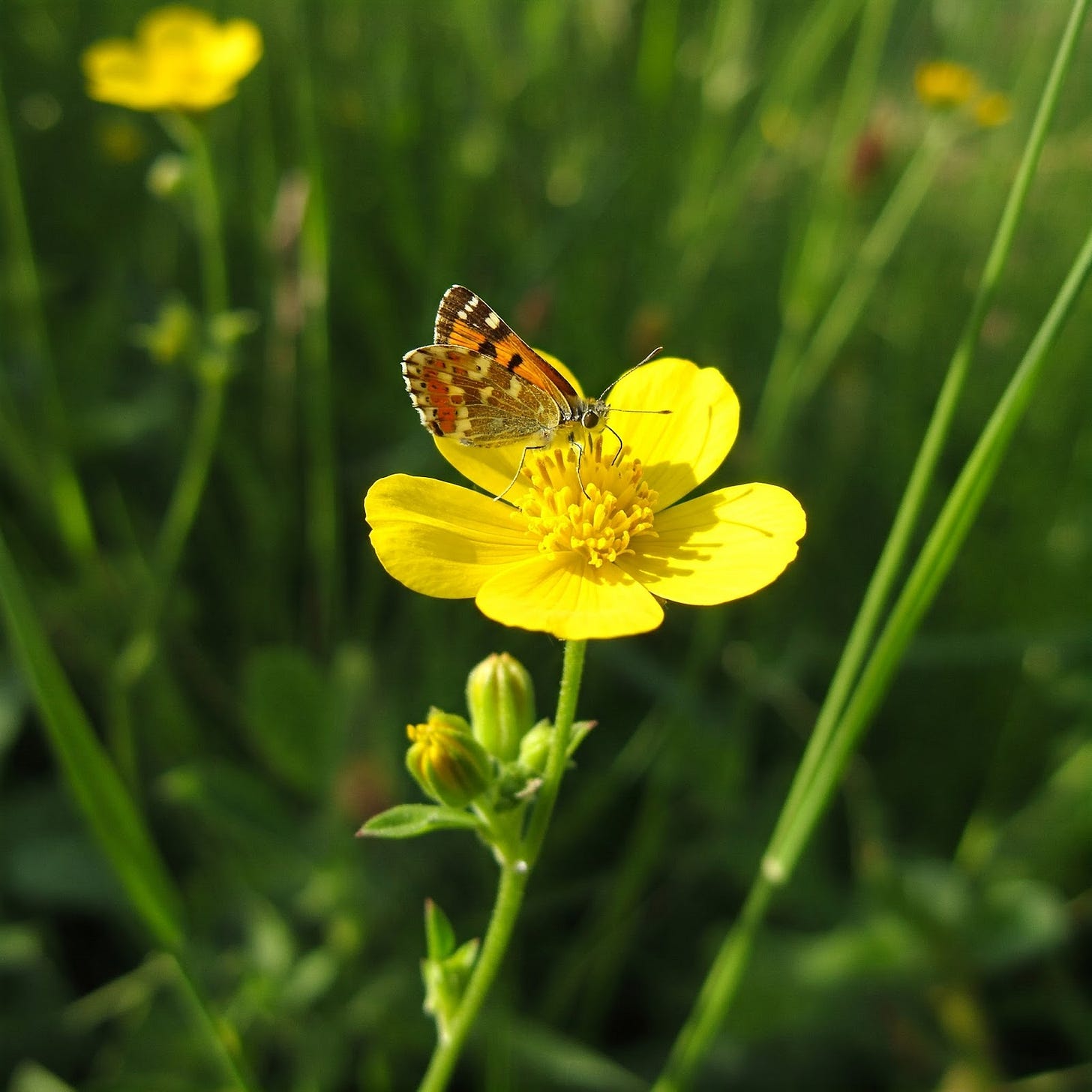
”Honestly,” she sighed, her delicate petals fluttering with exasperation. “They’re everywhere just like the drunken partying tourists! And their leaves are so jagged. Quite uncivilized.”
Nearby Lanceleaf Tickseed, a more easy-going sort of plant fellow, the kind who enjoyed basking in the full sun, found the dandelions cousines rather persistent. “They do spread with a certain enthusiasm, don’t they?” laughing to himself. His own bright yellow daisy-like flowers swaying gently. “Though I must say, their little puffball contraptions are rather ingenious ways to travel.”
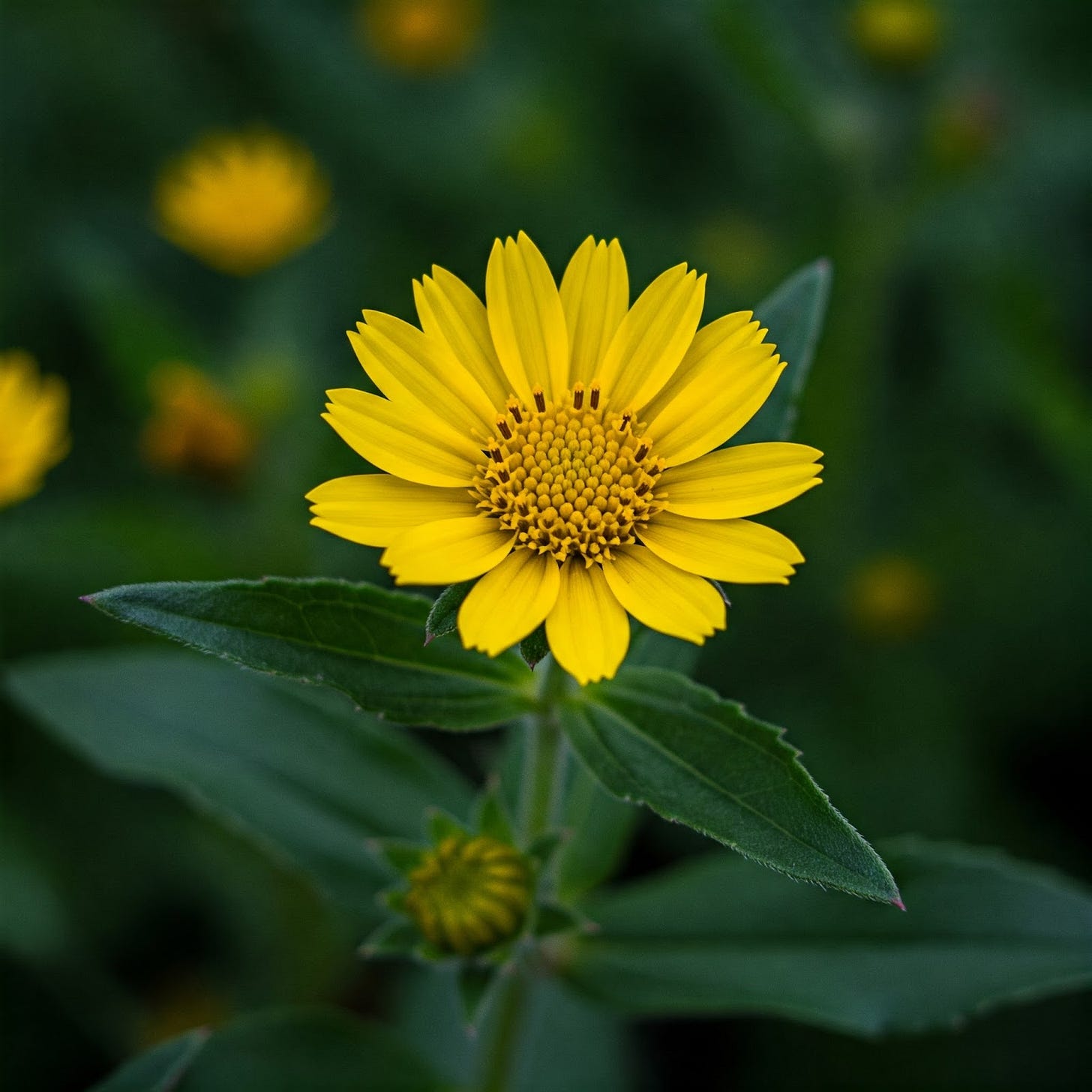
Even Black-Eyed Susan, usually the picture of summery confidence with her bold yellow rays and dark center, was a bit taken aback. “They’re so early,” she murmured, still longing for the warmer months. “And so low to the ground. They’re hogging up all the prime sunny spots!”
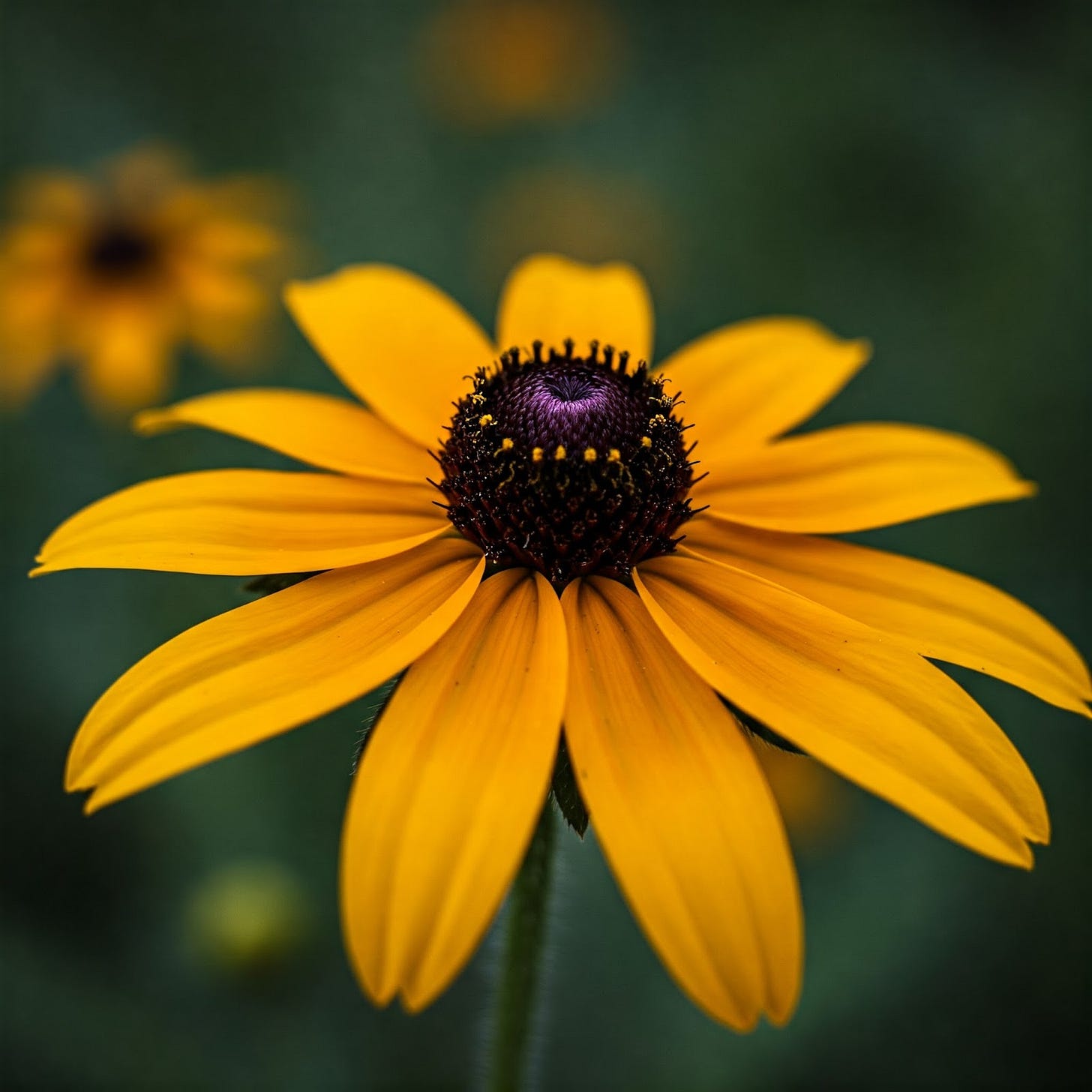
Not to be left out, Golden Alexander, with his refined clusters of small yellow blossoms, regarded the dandelion intruders with a scholarly curiosity. “Fascinating,” he nerd plant mused. “I’ve observed their root system is quite tenacious. I’m fascinated with their ability to thrive in less than ideal soil condition. We have to give them credit, they are more like us than others even if they aren’t native. And it’s clear they ain’t leaving.”
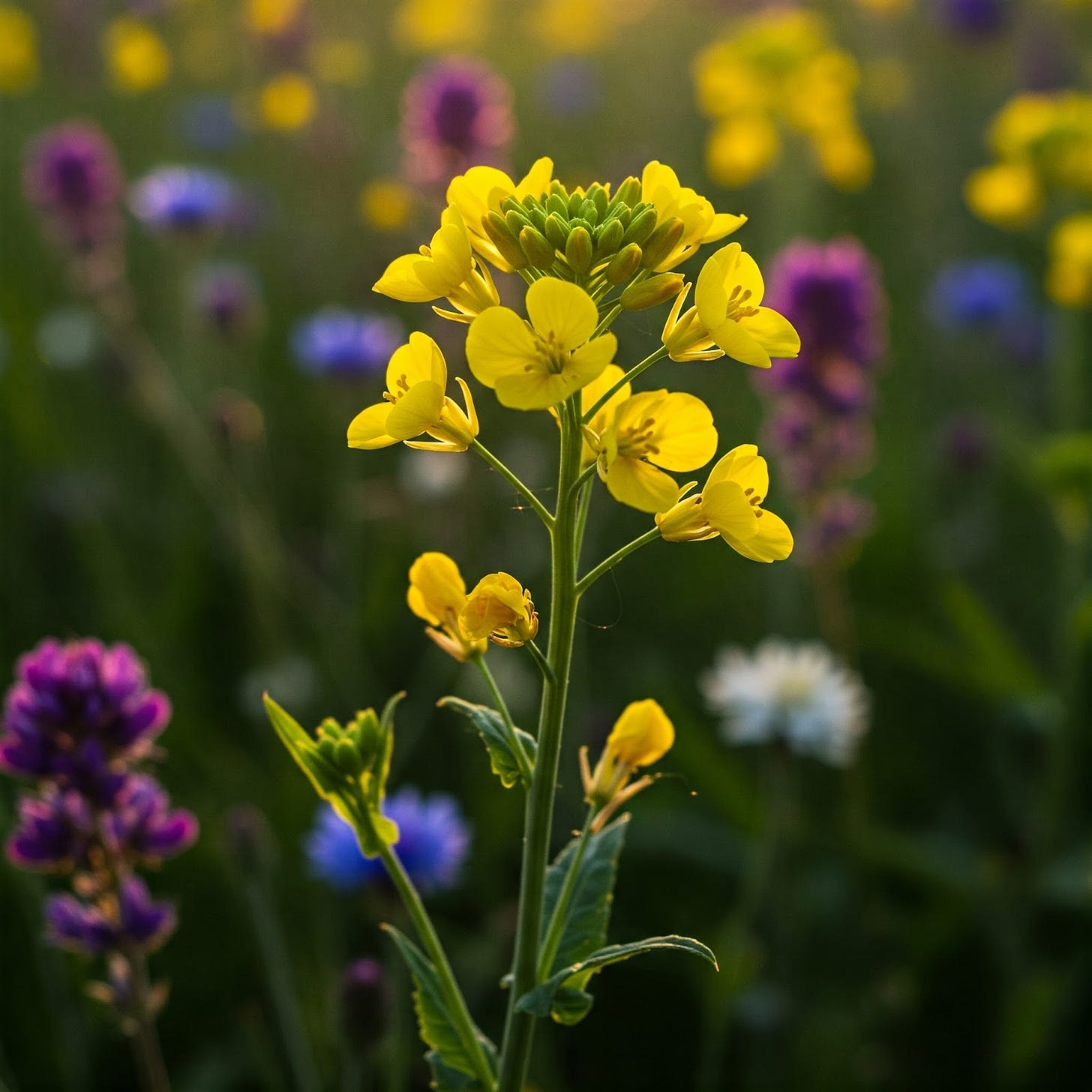
For a while there was a bit of floral froideur social distance. Still the dandelions with their relentless cheerfulness and prolific seeding were popping up everywhere. The native plants grumbled about the lack of subtlety and the sheer commonness of their newly assimilated cousins. But true to Louisiana traditions, we are accepting of others who might be “different” and get along peacefully.
But then came the “perfect lawn” people, the ones who are whispered to be members of the Cult of Conformity.
These strange humans with the roaring metal beasts and their obsession with uniform St. Augustine green, began to descend upon the land. They sprayed strange stinging potions and yanked out any plant that dared to deviate from their mono-culture of blandness.
It was Hairy Buttercup who first sounded the alarm. His was a rapid high-pitched “Buzz! Bzzz” as he cried, “They’re tickling my roots! Run for your lives (slowly)!” possibly accompanied by a frantic, yet stationary leaf flutter or two.
About then, almost simultaneously, Tit fille Butterweed, despite her initial disdains, realized the danger too. “They don’t discriminate! They’re coming for all of us, jagged leaves or delicate florets!” Her slightly wheezy “Whoooooosh! Evacuate the damp zone! To the slightly less damp zone! Now!”
Imagine a chorus of other golden flower heads wobbling in perceived terror along with her.
Lanceleaf Tickseed in a surprisingly melodramatic and dawn-out moment when he exclaimed, “Ooooooh, the shadow . . . it’s encroaching fast. Our kind’s precious sunlight, farewell photosynthesis!” Each flower head was starting to droop dramatically in his family, like fainting Victorian ladies.
Just then there was a loud, slightly gravelly scream of: “Hey! Get off my Lawn! I said GET OFF! My petals are NOT for picking!” It was Black-Eyed Susan delivering that pronouncement with an assertive sway of a tall previously unknown confidence.
Joining her, Golden Alexander, sounded his own series of delicate, high-frequency “Tinkle-tinkle-tremble! Intruder alert in a woodland-adjacent sector nearby. His army of tiny yellow flower clusters were all vibrating with a refined group alarm.
Impressed, that’s when a sort of grudging alliance began to form. The dandelions, with their low-lying rosettes, were surprisingly adept at surviving the initial onslaught of the mowers. Their deep taproots made them difficult to uproot entirely. So they’d pop back up with a defiant yellow grin over and over again.
“We may be common,” a particularly plucky and confident dandelion declared, “but we are just like you, we are resilient!”
And that folks is how the taller Louisiana native plants learned to use the dandelion as a sort of early warning system. If the “perfect lawn” people were out in force, the sheer number of bright yellow targets being attacked served as a signal to hunker down and conserve energy.
Lanceleaf Tickseed, with his longer stem would sometimes cleverly drape himself over a patch of dandelions, offering a bit of camouflage. Black-Eyed Susan, once she finally bloomed, found that the early presence of dandelions had inadvertently softened the soil, making it easier for her own roots to spread.
Even Golden Alexander, in his quiet way, noticed that the dandelions seemed to attract certain beneficial insects, which in turn helped pollinate his own plant species' tribe's delicate flowers. Over time, a strange sort of understanding developed between the Louisiana native plants and the non-native dandelions.
While they natives still considered the dandelions a bit boisterous and lacking in finesse. The dandelions, in turn, found their newly adopted cousines a tad . . . well to put it frankly, slow. But they shared a common enemy in the relentless pursuit of unnatural perfection. They learned to coexist, each finding their own niche.
The dandelions thrived in the disturbed areas,the edges of sidewalks, and the less-tended corners. Native plants held their ground in the wilder patches of South Louisiana and the more established wildflower gardens. Thus, the sunny yellow of the dandelions became a familiar, if sometimes slightly irritating neighbor cousine accepted well in the South Louisiana landscape.
You see, we were all facing a common foe. Despite a little wildness, even in the form of stubbornly cheerful plant newcomers, they were exactly what we sorta needed. Early dandelions, those unexpected travelers on the winds of chance or fate, found themselves sharing the humid embrace of Louisiana and its natives. Their initial difference eventually softened by a shared threat, so too as it happens in the grand sprawling gardens of life. Things work better when we all work together.
Botanical Migration Mirroring Human History:
Finding Strength in Shared Struggle
Of course the Cajun Podcast Corporation’s staff we thoroughly enjoyed that dandelion salad and concluded the lesson found within, was one of knowing and contemplating:
Human and animal migrations, though often fraught with hardship and initial tension, sadness, and horrible losses, can also lead to some surprising alliances among the survivors. Faced with shared struggles and common environmental foes – the encroaching deserts, the rising floodwaters, the sinking of Louisiana shores into the Gulf, oppressive political problems, all play a role.
Distinct population cultures and differing values and ideas bring together the diverse world populations, just like diverse wildflowers of the Louisiana bayous face, where there might be common ground. We might find that our unique strengths, like the dandelion's resilience or the Hairy Buttercups adaptability, when combined offer us a more robust defense against forces seeking to homogenize or eradicate populations of humans, flora, and fauna.
The botanical teaching story of dandelions in Louisiana, therefore, perhaps is a tiny, smiling metaphor for a larger truth – That seemingly disparate arrivals, when faced with mutual adversary, be it man made or forces of nature, can bloom together in unexpected and ultimately beneficial alliances, adding once again to our own unique hue to the magical and special thing called “life well lived.”
Our tales are inspired by real Louisiana and New Orleans history, but some details may have been spiced up for a good story. While we've respected the truth, a bit of creative license could have been used. Please note that all characters may be based on real people, but their identities in some cases have been Avatar masked for privacy. Others are fictional characters with connections to Louisiana.
A Word of Wisdom:
As you read, remember history and real life is a complex mix of joy, sorrow, triumph, and tragedy. While we may have (or not) added a bit of fiction, the core message remains: the human spirit's power to endure, adapt, and overcome.
© Jerilee Wei 2025 All Rights Reserved.







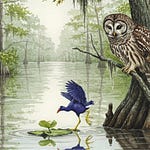


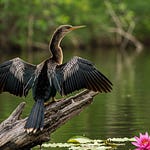


Share this post